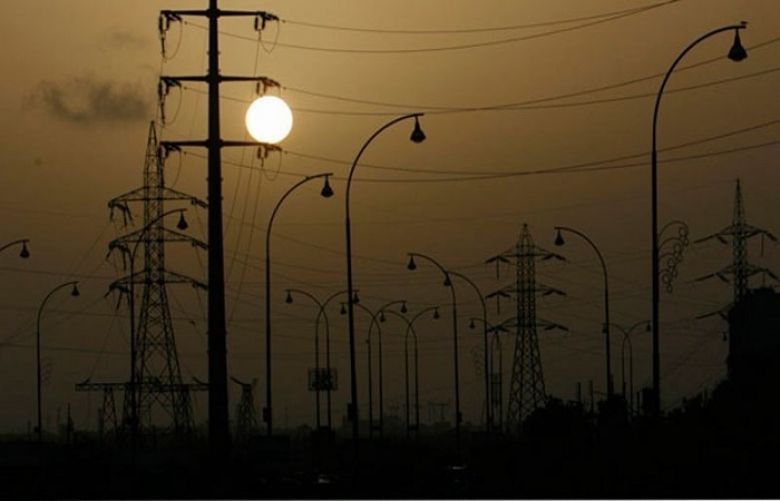For the Premier Muhammad Nawaz Sharif, this year began on a disquieting note as the country’s entrenched energy crisis continued to escalate.
The Pakistan Muslim League -N (PMLN) party won the 2013 elections with promises to wipe out power outages in Pakistan by 2017, but its failure to stem the growing energy crisis now threatens to bring down the government.
Pakistan has been gripped by severe energy shortages for some years with parts of the country facing electricity cuts for up to 20 hours a day. The country has an installed electricity capacity of 22,797 megawatts (MW), but production stands at a dismal 12,000 MW. In recent years, electricity demand has risen to 19,000 MW.
“Energy may well be the government’s undoing,” Michael Kugelman, senior programme associate for South and Southeast Asia at the Woodrow Wilson Center, told thethirdpole.net.
The Sharif government’s policy space, he said, was fast shrinking in the face of an “emboldened military”.
“If power shortages bring large numbers of people onto the streets, and these protests occur nationwide and are sustained for many days, the military may lean on Sharif to call early elections,” he warned. Pakistan’s politics have been dominated by its powerful military and the generals have a long history of interrupting and meddling with civilian rule.
The situation worsened in January as fuel shortages brought life in major cities in the Punjab province to a halt, including the capital Islamabad. The shortages were caused by the Power and Water Ministry’s failure to pay its Rs 171 billion ($1.7 billion) outstanding debt to the Pakistan State Oil company and came at a time much of the world had begun to enjoy the lowest fuel prices in years.
In the same month the government packed up 6,600 MW of large coal-powered projects in Gadani, Balochistan province. Chinese investors pulled out of the six plants – part of the US$45.6 billion worth of energy and infrastructure deals dubbed the Pakistan-China Economic Corridor – calling the project impracticable due to lack of existing infrastructure in the area, according to media reports.
Eminent economist, Dr Kaiser Bengali, who heads the policy reform unit of Balochistan’s chief minister, argued the Gadani projects were “doomed from the very beginning.” The plants were uneconomical – requiring the construction of jetties to unload and transport expensive imported coal– and would have blown coal dust and pollution straight towards Karachi, he said.
An energy expert working within the government, who requested to remain anonymous, said the Chinese government were never interested in the Gadani projects but wanted to develop the Gwadar port in Balochistan. “They agreed knowingly full well, the project would not be feasible; but acquiesced to Pakistan’s pressure. They knew it would not get past the technical working committee later, and this is what happened,” said the expert.
In early February work on another 6600 MW Chinese-backed coal powered projects in Punjab came to a halt. But Pakistan’s energy woes do not end here
The 963 MW Neelum-Jhelum hydroelectric project in Pakistan-administered Kashmir, expected to be completed in 2016, may now be delayed due to a shortage of Rs 50 billion ($493 million) after Chinese contractors refused to provide equipment to build the underground water diversion tunnel. The dam will divert water from the River Neelum through a tunnel underneath the River Jhelum.
The Jhelum rivers flows from India into Pakistan and the delay, said Bengali, will enable India to finish building hydropower dams on its section of the river first and claim prior user rights over Pakistan, as agreed under the Indus Water Treaty signed by both countries.







